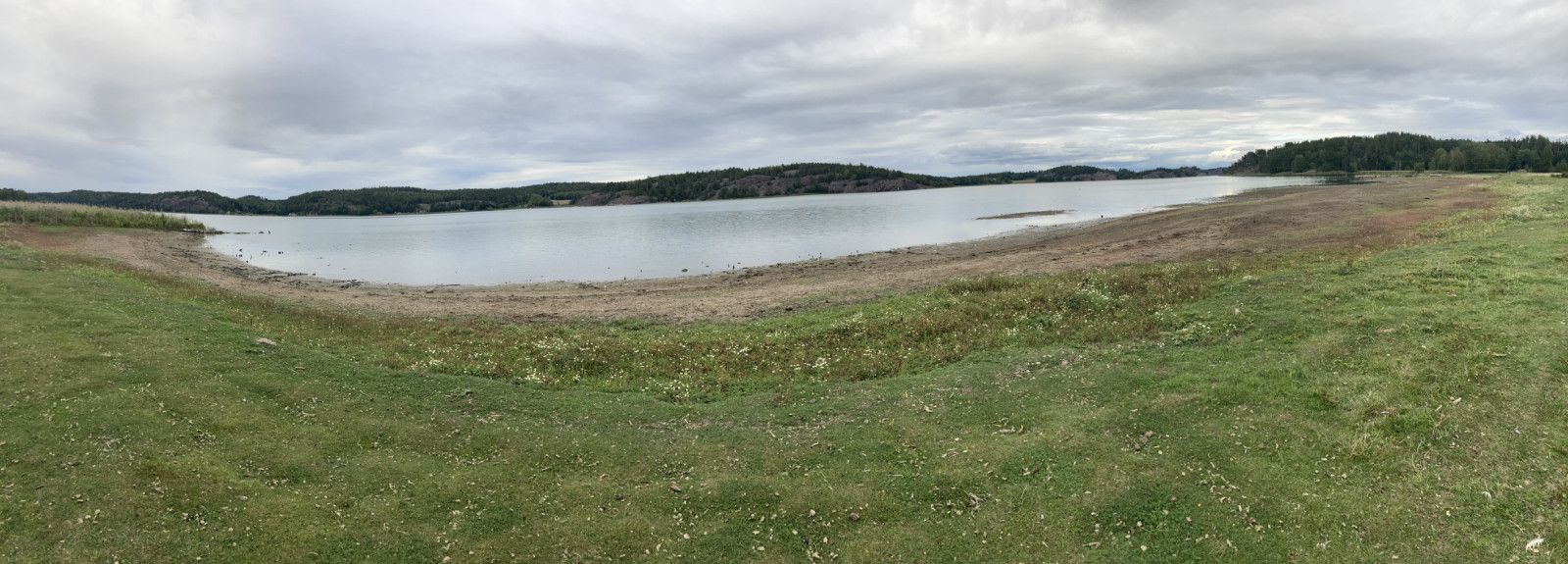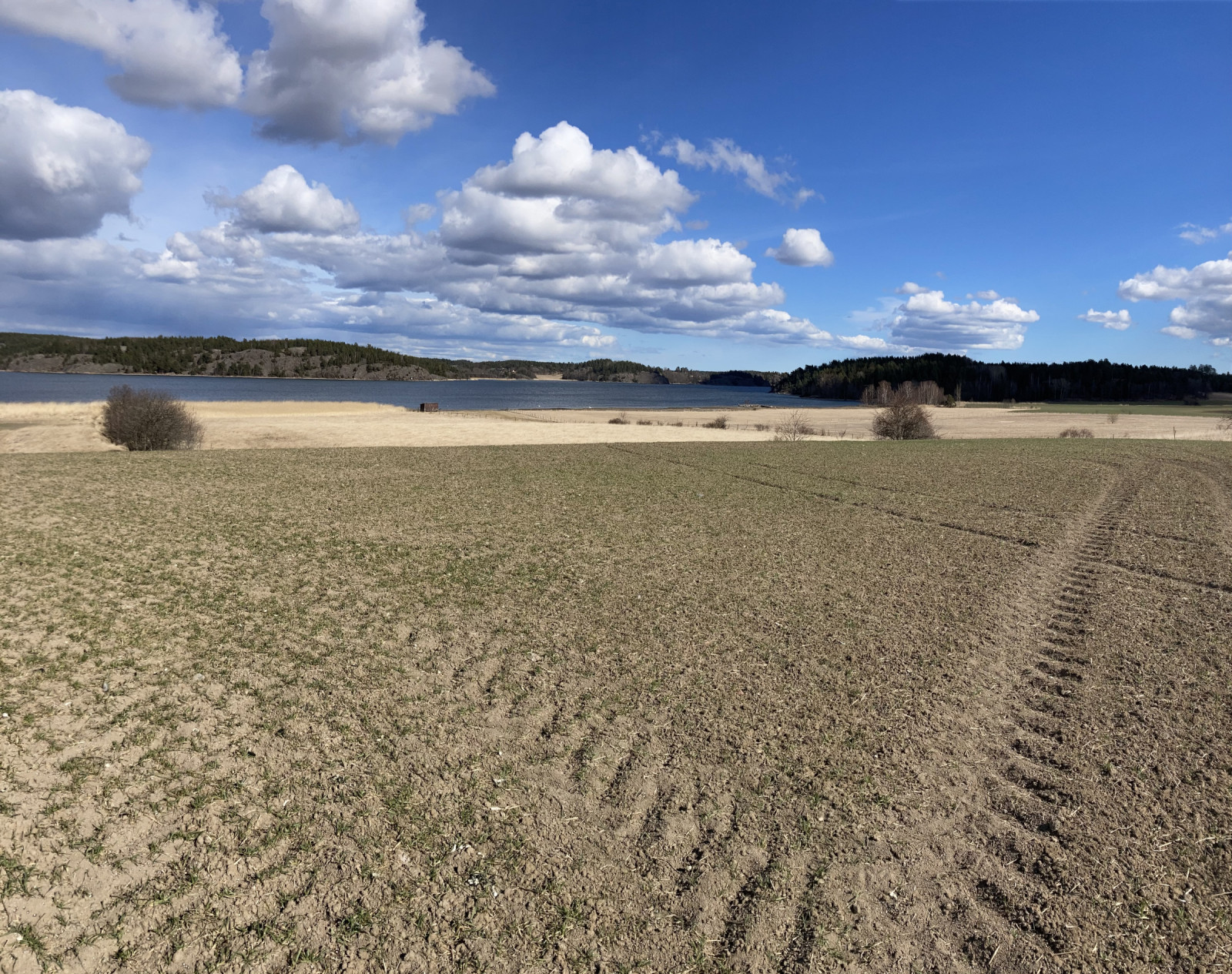Description
The birds start to arrive at Killingholmen in February when the ice starts to loose its grip on the coastal waters. Then ducks start to rest in the shallow parts of the bay; Krunata Patka (at most 100) and around 1000 Veliki ronac can be found. Also the rarer winter ducks like Kržulja, Glavata Patka, Bijeli ronac, Patka crninka and Mali ronac. A few hundred geese and around 100 Žutokljuni Labud feed on the areas fields and coastal meadows around march. In March the other early spring birds also arrive; Poljska Ševa, Golub Grivnjaš, Čvorak and Vivak. In spring you can find Brkata Sjenica in the reed beds.
Year round Kobac, Štekavac and Škanjac are the common predatory birds. But Suri orao, Eja Strnjarica and Crvena lunja pass by the area. Most common passerine birds arrive in March/April. Slätbaken is a stopping point for passerine birds, which makes it common to find uncommonly early Ševa Krunica and Drozd Imelaš.
From late February and in March the owls in the area can be heard calling. Šumska sova Mali ćuk and Ušara are sometimes heard. In March more geese start to arrive and not only the common Kanadska guska and Siva Guska. Also Lisasta Guska (at most 67) and Sjevernomorska guska (at most 100). Guska Glogovnjača, Tundra guska and Crvenonoga guska are sometimes found. Also Mali labud has been observed.
On the coastal meadows large amounts of passerine bird start to rest in the end of March and in April. Livadna Trepetljka, Bijela Pastirica, Juričica are the most common. Among these Sjeverna trepteljka is regularly seen. In the large grassy areas Sova močvarica can be found. On the coastal meadows Mala Prutka, Crnokrila Prutka, Crvenonoga Prutka, Zviždara, Patka Kreketaljka, Patka Žličarka, Prutka Migavica, Troprsti Zlatar, Šljuka Kokošica and Ćubasti Gnjurac. Most common dabbling ducks are found but only Kržulja is numerous (at most 70). At the Torpa damm Patka Pupčanica and Patka Lastarka have been seen, along with smaller amounts of other ducks.
In april large amounts of thrushes move past the fields and coastal meadows. Hundreds of Drozd Cikelj, Mali Drozd, Drozd Bravenjak and Drozd Imelaš are seen. In the end of May and April most birds disappear, except for the breeders.
In May the latest passerine birds, and night active birds arrive. On the fields Eja Livadarka, Sivi Sokol and Kosac are found. Mali tamnoleđi galeb sometimes rest on the coastal meadows in May. Rujnica often sings here. On the meadows Sjevernomorska guska, Siva Guska, Kanadska guska, Patka Kreketaljka, Crvenonoga Prutka, Vivak, Ćubasti Gnjurac, Krunata Patka, Patka Batoglavica and Liska breed. In the area Mali djetao, Rusi Svračak, Kržulja and Žutokljuni Labud breed. At Storåns river mouth you can observe Vodomar.
During autumn Hov strandängar becomes better for birding. From July the area is a good site for wading birds such as Vivak, Veliki Pozviždač, Kulik Blatarić, Kulik Sljepčić, Mala Prutka, Šljuka Kokošica, Troprsti Zlatar, Krivokljuna Prutka, Crvenonoga Prutka, Pršljivac, Prutka Migavica and Crnokrila Prutka. These are all common, while Mali Žalar, Žalar Cirikavac, Prugasti Pozviždač, Sijedi Žalar and Krivokljuni Žalar are more rare.
Other wetland birds are often found. Among the rarer birds Vodomar, Velika čigra, Modrovoljka and Velika Bijela Čaplja can be noted. Large amounts of gulls, geese and terns can be found, especially Siva Guska which some years have been found as numerous as 3000.
Large amounts of passerine birds are found in the meadow areas. The most numerous passerine birds are Češljugar (250 at most), Lastavica (500 at most), Smeđoglavi Batić, Sivkasta Bjeloguza, Čvorak (600 at most). Later in autumn Mali Gnjurac, Mala Šljuka, Gorska juričica, Ušati gnjurac, Bijeli ronac and Patka crninka are sometimes found.
Details
Access
Inre Slätbaken is located east of the town of Söderköping. Parking can be found around Hov and several other places. Click on a P in the map for directions to a parking spot.





